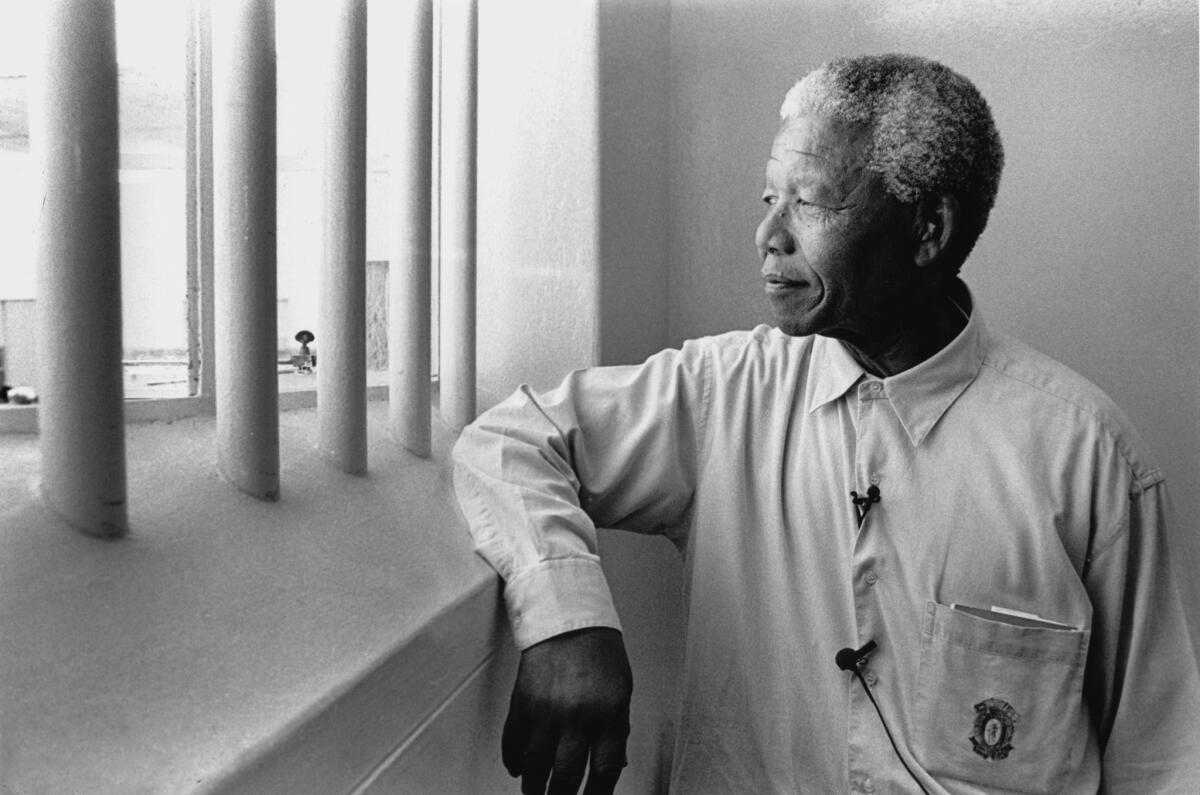
Bible connection
To answer before listening— that is folly and shame. — Proverbs 18:13 (NIV)
All about Margaret Guenther (1930-2016)
Margaret Guenther was an Episcopal priest, wife, mother of three children, grandmother, spiritual director, mentor of spiritual directors, retreat leader, prolific writer and, as she said, “administrator, lay medical practitioner, scrubber of floors, washer of clothes.”
As a child she excelled in school but found her greatest joy in long rambles through the countryside with her father, developing a love of the outdoors that she maintained throughout her life. She was happiest sleeping under the stars with just her bedroll, well into her seventies and loved nothing more than waking under a dusting of snow. (WaPo obituary)
She served as Emeritus Professor at General Theological Seminary in New York City where she taught Ascetical Theology.
She was also the Director of the Center for Christian Spirituality, a pioneering program for the training of spiritual directors. She was a noted retreat leader and lecturer both in the United States and abroad, travelling as far away as China and Australia to speak at conferences and lead retreats.
When she began writing about spiritual direction in 1992, Guenther was one of the few women doing so. She noted, “If Priscilla had written our epistles instead of Paul, I suspect there would have been more about Incarnation and relatively little about circumcision.” The “feminine” wisdom in her books offers new ways to talk about spiritual direction, such as allowing the director a measure of self-disclosure (as opposed to the protocol of psychotherapy).
Her approach was simple. After a short “catch up time,” she began sessions with silence, asking the spiritual companion to let her know when she or he was ready. She ended the meeting with a “little” prayer. She kept no written records and cautioned spiritual directors to recite ten “Jesus Prayers” before saying anything or interrupting.
In June 1997 Guenther retired from General to write more books, give retreats and lectures, and serve as Associate Rector of St. Columba’s Church in Washington, DC.
Quotes
“The New Testament is not very helpful about family values. Jesus, unmarried at an age when most Jewish men were husbands and fathers, exhibits a cavalier attitude toward families as he gathers his followers around him. Think about the call of the disciples from their wives’ point of view: Jesus meets Peter and Andrew, James and John, as they are tending their nets. he says, “Follow me,” and immediately they abandon their livelihood without a second thought. They abandon their families as well: did they ever go home to tell their wives that they would not be there for dinner? Did they make any provision for their families? When, in my imagination, I translate this story into the present time, were I the wife of Peter, Andrew, James, or John, I would be furious. “You did what? What about the health plan? Your pension? College for the children? Are you planning on coming back sometime? How am I going to manage? Who will look after the children if I have to get a job?” … Jesus might have been an effective healer, but he also certainly knew how to disrupt a household.” ― At Home in the World: A Rule of Life for the Rest of Us
“The spiritual director has the double task of holding up the demands of absolute responsibility and the promise of absolute forgiveness.” — Holy Listening: The Art of Spiritual Direction
“[My students}… presented me with thoughtful and candid papers. They had examined their use of time and energy, reflected carefully on their relationship with those whose lives touched theirs (including the difficult and incompatible ones), scrutinized their performance as custodians of God’s creation. All in all, it was exemplary work except for one thing: these were grim, dreary schedules that allowed no place for fun. No room for holy uselessness or the joyous and restorative wasting of time, a spiritual discipline that bears absolutely no resemblance to guilt-producing procrastination or avoidance of whatever the next step might be. If they were able to live out the plan that they laid out for themselves, they would be exemplary citizens, conscientious pray-ers, and ecologically beyond reproach. but they would never have any fun.” ― At Home in the World: A Rule of Life for the Rest of Us
It was a happy day when I discovered that in the English of Chaucer’s day – which was also the time of the Black Death – the word “silly” meant “blessed.” I am not sure when we strayed away from its original meaning, when blessedness took on a churchy aura and silliness became the realm of Monty Python and fourth-grade scatological humor. As hard-working adults we too often lose the gift for letting go, for delight in simply being. We persuade ourselves that every moment must be lived productively; like the busy little bee, we feel a holy obligation to improve each shining hour. We would do well to take very small children or big silly dogs as our teachers. I have learned much about holy uselessness from Perry, the dog.” — At Home in the World: A Rule of Life for the Rest of Us
More
Margaret Guenther on waiting [link]
SDI learns from Rev. Margaret Guenther :
Rod is a fan [link]
What do we do with this?
Guenther talks like a mother, a very wise and educated mother. She talks like a person who has spent a lot of time in the woods, and a lot of time in New York City. She talks like a woman who has the scars of leadership and like a person who doesn’t disrespect their scars. Their is room at her spiritual table and she is at the table with Jesus. Sit with her a while.
How does someone find a spiritual director? This little article might help [link]. Some are Evangelicals [link]. Some are Anabaptists [link].
















